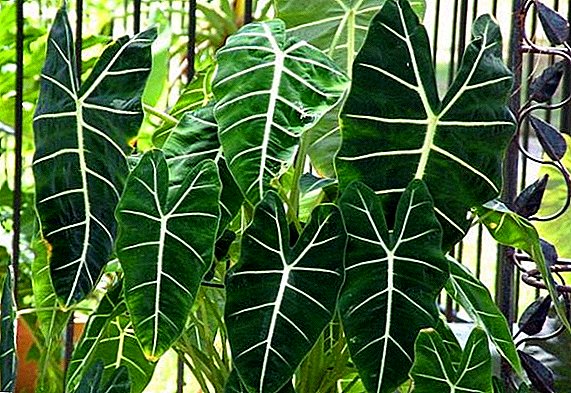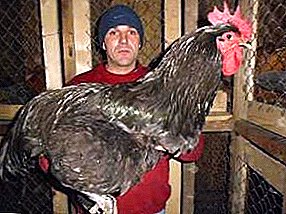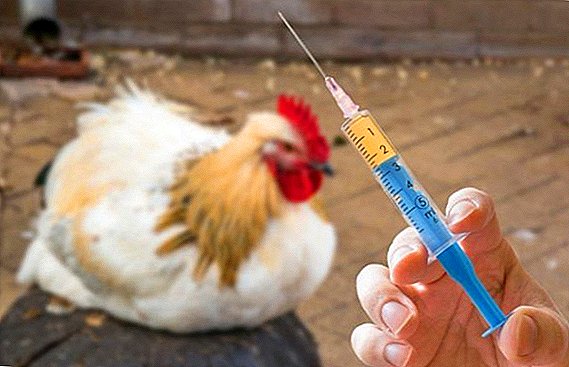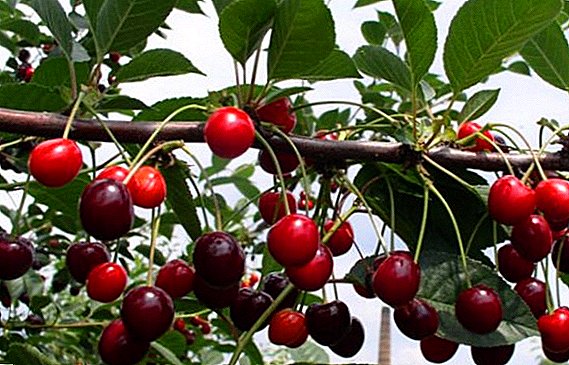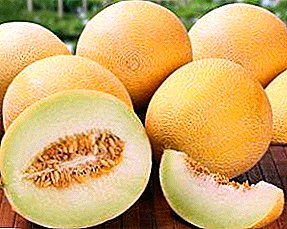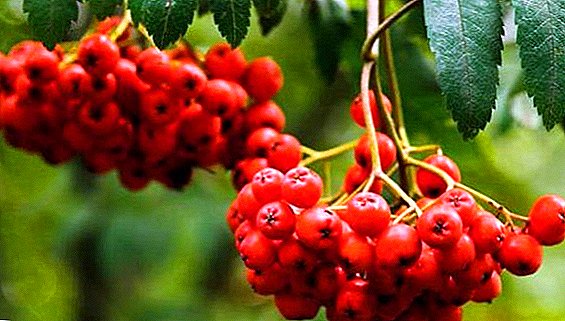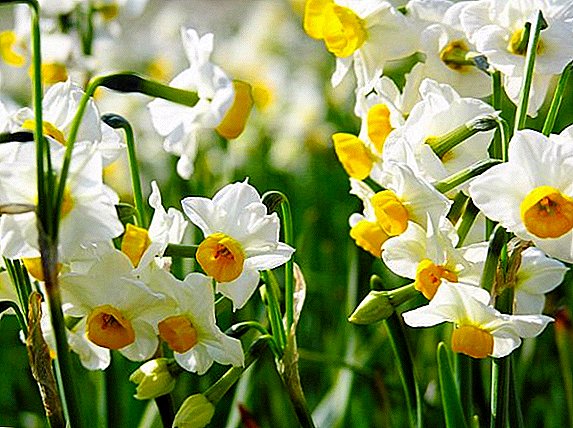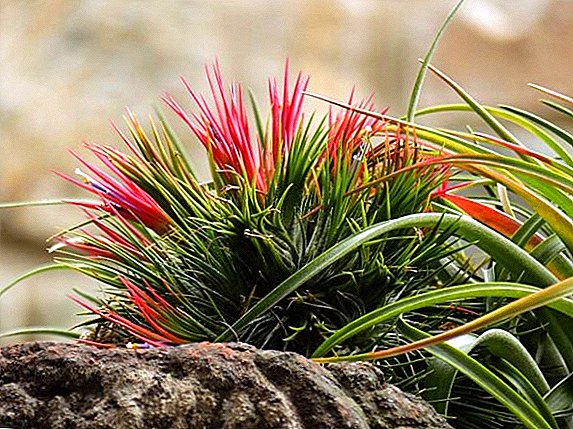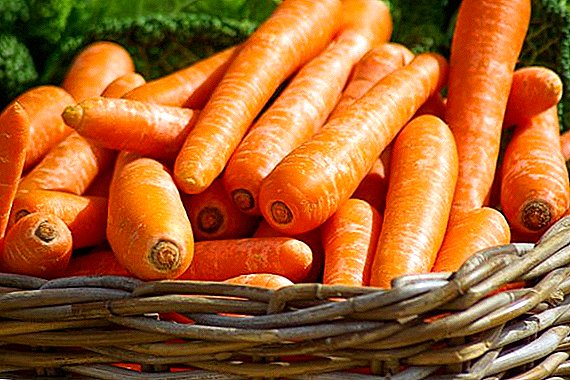 The result of many years of work of breeders is a huge number of breeds of cattle. It can be difficult for a novice breeder to choose the best option for specific purposes and conditions of detention. Consider the Kazakh white-headed breed, which has many advantages, allowing you to quickly get quality products without significant financial costs.
The result of many years of work of breeders is a huge number of breeds of cattle. It can be difficult for a novice breeder to choose the best option for specific purposes and conditions of detention. Consider the Kazakh white-headed breed, which has many advantages, allowing you to quickly get quality products without significant financial costs.
Breed history and description
The Kazakh white-headed breed of cows was bred in the middle of the last century. It is a meat breed, unpretentious to fodder and adapted to the conditions of the steppes of Kazakhstan with sparse vegetation and sudden temperature changes. Its distinctive feature is the red color, only the head, legs, chest and peritoneum are always white.
Important! Kazakh cows have adapted to the cold winter, their long and thick hair grows towards the onset of cold weather.
Selection
Breeders used the best representatives of the aboriginal cows of Kazakhstan and Kalmykia to cross with the bulls of the English breed Hereford. The result was a new meat breed, which was distinguished by its endurance, strong physique, good productivity and was adapted to the harsh conditions of the nature of Kazakhstan. 
External signs
Kazakh cattle are not high, with well-developed muscles, broad chest, with short and strong legs.
The main external signs of the Kazakh white-headed breed:
- weight - 450-550 kg;
- height at withers - 1.2-1.3 m;
- breast volume - 1.9 m;
- torso - muscular, large, wide, barrel-shaped;
- torso length - 1.5 m;
- head - small;
- neck - thick, short;
- legs - strong, short, widely spaced;
- suit - red; head, legs, chest, belly, udder, tassel of tail - white;
- wool - in summer it is short and smooth, by winter it becomes long and thick;
- udder - small.

Meat and Dairy Indicators
Kazakh white-headed is mainly a breed of meat, appreciated by tasty and healthy meat, for this and grown. Representatives of meat, dairy and milk production are grown in other conditions to get milk. The value of milk of Kazakh cows is high nutritional value and high fat content. Milk is very healthy, has a special taste.
Did you know? The most expensive meat in the world is Japanese marble beef. The breed of vagiu cows is specially fed with special herbs, watered with beer and rubbed on sake.
Meat cows:
- milk yield per year - up to 1.5 t;
- taste - pleasant, soft;
- milk fat - from 3.8% to 4.8%.
 Excellent meat productivity is the main advantage and peculiarity of the Kazakh breed. Rapid weight gain and precocity allow to obtain high-quality meat at low cost. At the age of one and a half years, the animal weighs almost half a ton. And oxen can weigh 900-1100 kg.
Excellent meat productivity is the main advantage and peculiarity of the Kazakh breed. Rapid weight gain and precocity allow to obtain high-quality meat at low cost. At the age of one and a half years, the animal weighs almost half a ton. And oxen can weigh 900-1100 kg.Characteristics of meat productivity:
- meat slaughter - from 53% to 65% by weight of the carcass;
- meat - high quality, juicy, marble, with a small layer of fat;
- early maturity - sexual maturity occurs at 10 months;
- weight gain - fast, from 1 to 1.5 kg per day
We advise you to consider the best beef breeds of cows, as well as familiarize yourself with the peculiarities of keeping a limousine cow at home.
Advantages and disadvantages
Kazakh white-headed people have many advantages over other breeds.  The main advantages include:
The main advantages include:
- the ability to adapt to rapid temperature changes, endurance in hot and cold weather;
- disease resistance, excellent immunity;
- the work of the digestive system, which is able to digest coarse grass from dry steppes, unpretentiousness to feed;
- quick weight gain;
- early maturity;
- well-developed maternal instinct;
- excellent taste, the usefulness of meat and milk;
- high fat milk, marble, juicy beef;
- high quality skins.
- aggressiveness after calving, the cow does not allow anyone to the calf;
- the presence of spacious pastures.
Important! A feature of the breed is the ability to reproduce healthy offspring for 10 years.
Maintenance and care
The main feature of the content - spacious pastures and shelters with canopies, cattle are not tied either in summer or in winter. Constant movement and physical activity contribute to the good absorption of feed and rapid weight gain. The animals themselves find food, moving freely. It is in such conditions that the result is particularly tasty and healthy meat and milk. 
Summer corral
In the warm season, they organize a summer fenced enclosure with a shed to protect it from precipitation. Under the shed place nursery for feeding and containers with clean water.
Arrangement of premises
In winter, animals are kept in a stable, it should be spacious at the rate of 6 square meters. m for one individual. Equipping the stall, around the perimeter of the room place troughs and drinkers. Feeders should be with vertical partitions so that animals can not climb into them and scatter food under their feet.
Farmers should learn how to build a barn for the cows with their own hands, as well as how to make a pen for the cow.
Make trough of metal and wood. It is convenient to use ready-made long group drinking bowls. Straw is used for flooring, flooring thickness is about 40 cm. 
Comfortable conditions
Excellent body thermoregulation and a layer of fat allow Kazakh cattle to tolerate cold and heat well from -40 ° C to +50 ° C. The breed is not demanding to the conditions of detention, the room should be spacious, well ventilated, without drafts, with natural light.
Did you know? Cow's milk protein binds harmful toxins in the human body. Milk is given to people working in hazardous industries.
Cleaning
Replacing the flooring from straw in the cold season is not done. Biological processes inside the straw bedding mixed with manure contribute to raising the temperature. Cleaning feeders and drinkers should be carried out regularly.
What to feed
Most of the time cattle is grazed on pastures, the main food is green mass. In winter, they feed with straw, silage, animal feed, vitamins and minerals. 
Walking to pasture and feeding in summer
The endurance of animals and the ability to endure heat and cold allow them to walk tens of kilometers of steppe per day in search of better food. They perfectly digest steppe vegetation, quickly gaining weight. The greater the area for walking on pastures, the better performance can be achieved at minimum cost.
We advise you to consider all about feeding dry cows.
Differences in winter feeding
In winter, cattle are fed with straw, hay (65%), the rest are concentrated feed. For meat, cattle can be grazed all year round. And for milk production, improved feeding with the addition of succulent feeds, cereals, legumes, and root vegetables is necessary.
Cows must be given calcium and phosphorus, bone meal and other supplements of vitamins and beneficial elements. The taste and quality of milk, its fat content depends on the nutrition of cows. 
Subtleties breeding young animals
In 18 months comes puberty of young. The case occurs naturally in the herd, the rate of successful fertilization is more than 95%. After 285 days calving occurs. Human involvement in this process is not required. A well-developed maternal instinct helps the cow to cope perfectly well independently, the survival rate of calves is almost one hundred percent.
Read about what may be the cause when, after calving, a cow cannot stand up.
Calves are born quite large, weighing about 30 kg. They are located near the cow and get all the vital substances with mother's milk. With this method, calves quickly gain weight, develop strong and healthy.
Only when breeding dairy cows calves are weaned from the mother and eventually transferred to artificial feeding. Under favorable conditions, you can quickly increase the herd population at no additional cost.  Based on the foregoing, it can be concluded that the Kazakh white-headed breed is ideal for breeding in steppes with insufficient vegetation and adverse weather conditions.
Based on the foregoing, it can be concluded that the Kazakh white-headed breed is ideal for breeding in steppes with insufficient vegetation and adverse weather conditions.
Unfortunately, the natural process of insemination of cows is long and not always effective. Familiarize yourself with cows insemination techniques.
It allows you to get high-quality meat and milk without significant financial costs. Good indicators of productivity, endurance, unpretentiousness to care and feed, the ability to adapt quickly to achieve high profitability.


